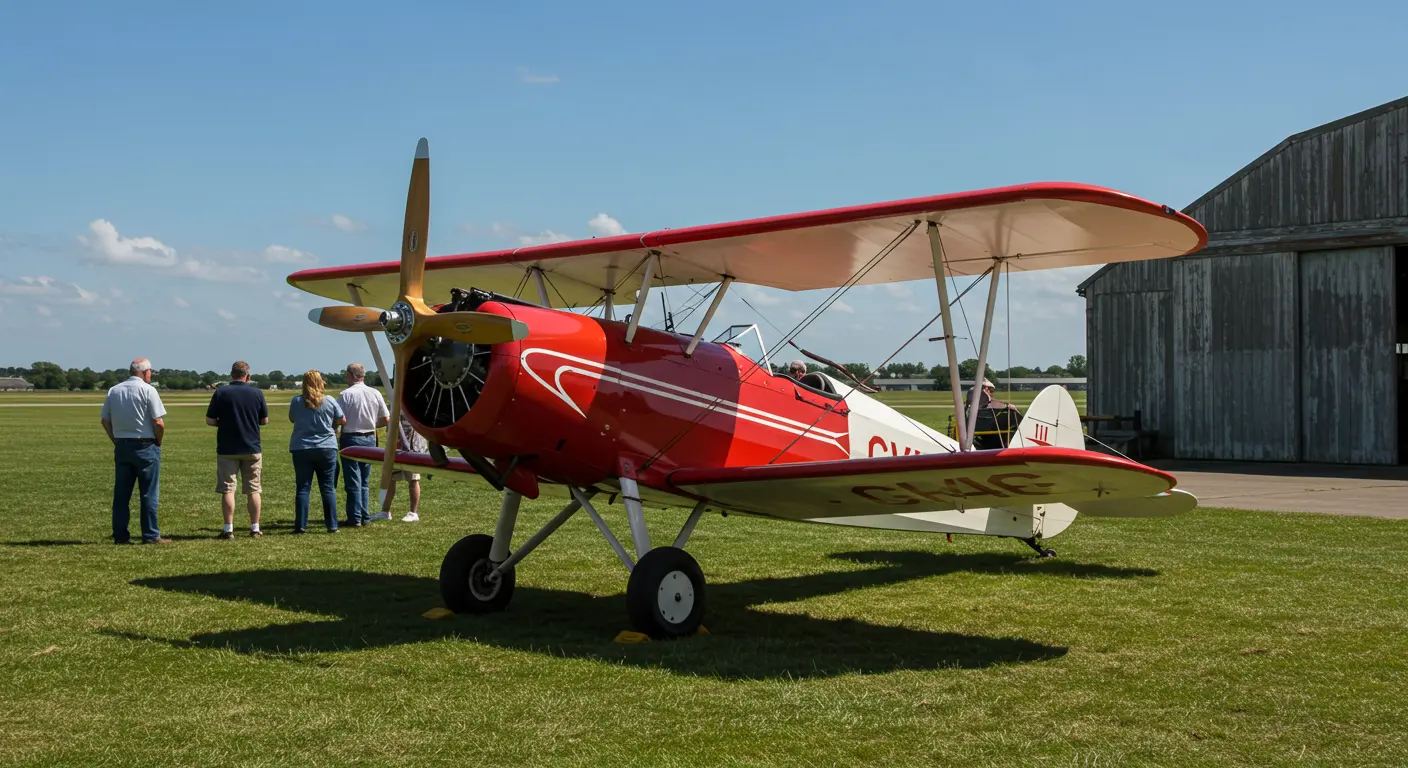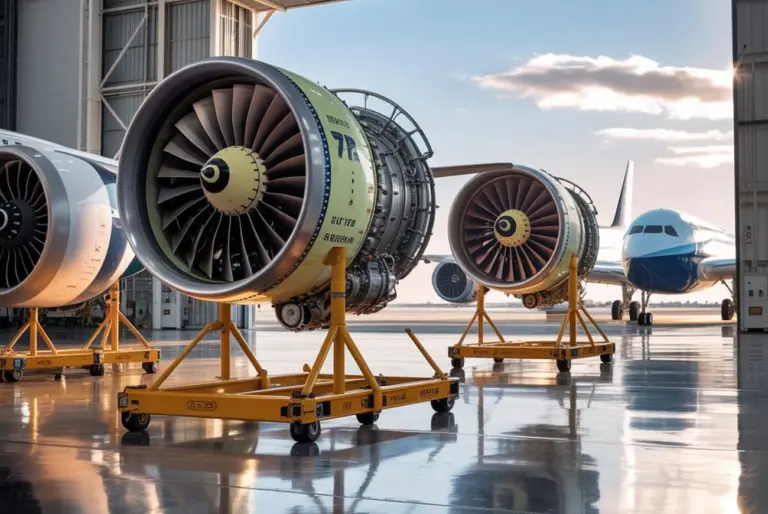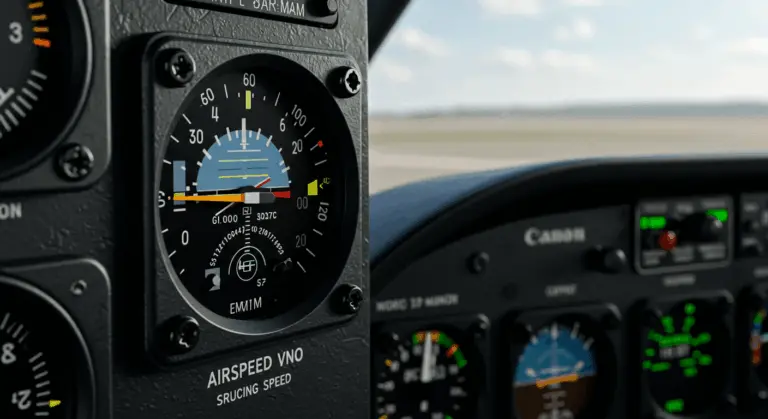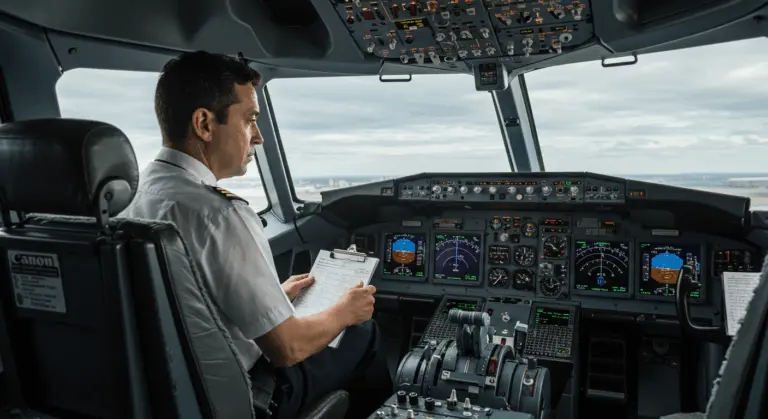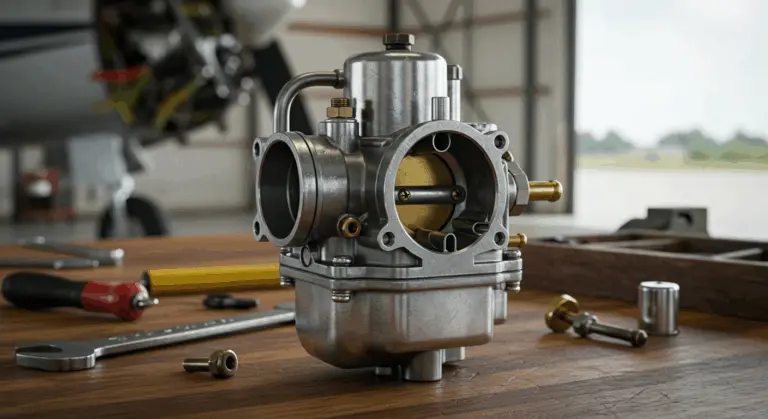Exploring Old Airplanes – A Journey Through Aviation History
The Significance of Old Airplanes in Aviation History
Old airplanes serve as extraordinary time capsules of human flight, creating direct connections to our aeronautical heritage. Each aircraft preserves more than a century of technological evolution, with every machine narrating a unique story of innovation, courage, and engineering excellence that transformed flight from dream to daily reality.
Their historical significance transcends mere physical frames. These machines embody pivotal moments in aviation—from the Wright brothers’ pioneering designs to the revolutionary jets that transformed global travel. Studying and preserving these aircraft provides valuable insights into modern aviation’s technological development.
Museums, collectors, and organizations worldwide recognize their cultural importance. Through painstaking restoration efforts, they ensure future generations can witness the ingenuity of early aviation pioneers. These aircraft showcase technological evolution while honoring humanity’s adventurous spirit.
Antique Aircraft – Preserving the Past
Antique aircraft—also called classic, heritage, or vintage aircraft—are obsolete models preserved far beyond their normal operational lifespan. Aviation museums, military collections, and passionate private enthusiasts typically house these historical treasures.
The preservation process demands specialized knowledge and skills that few possesses. Companies like Vintage Aircraft have developed expertise in restoring and repairing war birds and other historic planes. They handle everything from pre-purchase inspections to complete restorations, managing all aspects of vintage aviation—flight operations, instruction, sourcing rare parts, and maintaining the technical documentation essential for airworthiness.
Antique aircraft preservation philosophy balances historical authenticity with necessary modern improvements. Preservationists honor original designs while implementing subtle updates that enhance safety and extend flying life. This delicate balance ensures these planes remain living examples of aviation history—not merely static museum exhibits.
The Role of Historic Aircraft Organizations
Historic aircraft organizations act as guardians of aviation’s legacy, preserving significant aircraft for future generations. Groups like the Antique Airplane Association unite enthusiasts, experts, and resources to keep vintage aircraft aloft. They foster vibrant communities where restoration knowledge and historical understanding are shared and refined.
The restoration work these organizations undertake is painstaking. It often involves completely disassembling aircraft down to individual components, carefully evaluating each part, repairing or fabricating replacements when necessary, then reassembling everything according to original specifications. This process can consume thousands of hours and requires extensive historical research to ensure authenticity.
Beyond preservation, these organizations play an important educational role. Through reshows, exhibitions, and educational programs, they introduce new generations to aviation history. Flying examples of historic aircraft transform abstract history into tangible, visceral experiences that ensure the aircraft’s cultural and technological significance endures.
Maintenance and Care for Old Airplanes
Maintaining vintage aircraft presents unique challenges compared to modern planes. Proper care begins with fundamental practices that extend the life of these irreplaceable machines:
Vintage aircraft maintenance complexity becomes evident in critical systems. Their fuel systems often feature obsolete designs requiring specialized knowledge to service properly. Similarly, older landing gear mechanisms demand more frequent attention to remain reliable. The scarcity of original parts compounds this challenge, forcing maintenance teams to fabricate or adapt components.
For those considering acquiring a vintage aircraft, experts recommend several key steps:
-
Pre-Purchase Inspection: Commission a comprehensive inspection by an Airframe and Power plant (A&P) mechanic with specific experience in older models.
-
Structural Focus: Pay special attention to elements like wooden wing spars, which can deteriorate in ways not common to modern aircraft.
-
Logbook Review: Thoroughly review maintenance logs to verify compliance with Airworthiness Directives and understand the aircraft’s modification and usage history.
Understanding MRO Facilities
Maintenance, Repair, and Overhaul (MRO) facilities specializing in vintage aircraft play a vital role in keeping these historic planes airworthy. Unlike standard aviation maintenance operations, these specialized Mrs blend modern technical expertise with historical knowledge. These facilities bridge traditional craftsmanship with modern technical standards. Their technicians must master both contemporary safety standards and the original engineering principles that guided aircraft design decades ago.
These facilities provide comprehensive services, conducting regular inspections to identify issues before they become critical. Vintage aircraft are particularly prone to age-related problems—corrosion, material fatigue, and fabric or wood deterioration—which MRO specialists target with specific protocols.
Beyond routine maintenance, specialized MRO facilities conduct major overhauls and restoration projects that restore severely deteriorated aircraft. These projects often demand creative problem-solving, as technicians must balance historical authenticity with airworthiness requirements. By maintaining the highest quality and safety standards while respecting these aircraft’s historical significance, MRO facilities ensure vintage planes can continue flying safely while retaining their historical character and educational value.
Cost-Effectiveness of Older Aircraft
The economics of operating vintage aircraft differ markedly from modern fleets. Research reveals a distinct pattern in maintenance cost increases throughout an aircraft’s life:
This cost curve creates an intriguing economical proposition for vintage aircraft operators. While initial maintenance cost increases are substantial, the eventual plateauing of expenses means well-maintained older aircraft can remain financially viable for specific operations long after typical commercial retirement. Organizations that have developed specialized maintenance capabilities and parts sourcing networks can often operate these aircraft cost-effectively, particularly when they serve unique purposes that modern alternatives cannot match.
However, the financial equation extends beyond maintenance costs alone. Operators must balance these expenses against other critical factors:
Visualizing Old Airplanes – A Collection of Images
The visual appeal of vintage aircraft has spawned vast image repositories capturing their elegance and technical details. With over 150,000 images in digital collections, enthusiasts can explore everything from detailed photographs of restored aircraft to artistic interpretations. These resources serve both educational and aesthetic purposes, showcasing aviation design across different eras.
The range of available imagery is extensive, encompassing everything from professional museum specimen photographs to illustrations placing these aircraft in historical contexts. Specialized collections feature intimate details of vintage airplane interiors, showcasing the craftsmanship of early cabin designs and cockpit layouts. Others focus on iconic components—propellers or distinctive windows that characterized specific models. These detailed images provide invaluable references for restorers, modelers, and historians seeking to understand these aircraft’s authentic appearance.
Beyond purely documentary images, vintage aircraft have inspired creative visual interpretations across multiple media. Artistic renderings show these planes soaring against dramatic skies, while specialized collections feature vintage aviation posters reflecting their era’s graphic design aesthetics. Holiday-themed imagery incorporates classic planes into Christmas scenes. Toy and model photography documents how these aircraft have been miniaturized for collectors and enthusiasts. This diverse collection shows how deeply vintage aircraft have penetrated our cultural imagination, becoming powerful symbols that transcend their original utilitarian purpose.
Vintage Airplane Collections – A Visual Journey
Vintage airplane collections offer viewers a comprehensive visual journey through aviation history, presenting aircraft from different eras side by side to illustrate flight technology’s evolution. These curated collections—whether physical or digital—typically organize aircraft chronologically or thematically. This allows observers to trace developments in aeronautical design, from the earliest fabric-covered biplanes to mid-century propeller aircraft and beyond. The visual impact of seeing these evolutionary steps together creates a powerful educational experience that words alone cannot convey.
Many premier collections pair vintage aircraft with period automobiles, creating more complete historical context that shows how transportation technology evolved across different domains during the same periods. This juxtaposition highlights how design philosophies, materials science, and engineering approaches influenced both air and ground transportation simultaneously. Visitors can observe how streamlining principles first developed for aircraft later influenced automotive design, or how engine technology advances paralleled each other across these different vehicles.
The most impressive collections feature airworthy aircraft, not just static displays. Witnessing these planes in flight adds a transformative dimension, creating multisensory connections to aviation history through:
The Impact of Vintage Airplane Imagery
Vintage airplane imagery creates strong emotional connections, particularly nostalgia, by connecting viewers to aviation’s golden ages. These images transport viewers to eras when air travel was synonymous with glamour and adventure—when aircraft overhead still inspired wonder rather than routine acceptance. By capturing the distinctive lines, materials, and details of historic aircraft, these images highlight flight technology’s remarkable evolution while celebrating early aeronautical design’s timeless beauty.
In contemporary marketing and branding, vintage aviation imagery works effectively for companies seeking to associate their products with values like craftsmanship, reliability, and pioneering spirit. Airlines frequently incorporate heritage imagery into anniversary campaigns. Luxury brands draw upon early air travel’s sophisticated aesthetics to convey exclusivity and attention to detail. Even companies with no direct aviation connection may use vintage aircraft imagery to evoke feelings of nostalgia, adventure, or technological innovation that resonate with their target audiences.
The educational impact of these images goes well beyond aesthetic appreciation. In classrooms, museums, and educational media, they serve as essential teaching tools that make aviation history tangible. These visual resources help students understand technological progression through concrete examples. By documenting historic aircraft’s physical appearance, these images also preserve knowledge, ensuring future generations can appreciate both the technical achievements and unique design language of early aviation.
The Future of Old Airplanes
The future of vintage aircraft stands at a crossroads of preservation and innovation. As environmental and regulatory pressures intensify, the aviation community is developing creative strategies to extend these machines’ flying life while reducing their environmental impact. These include:
These adaptation efforts represent a new chapter in these aircraft’s ongoing story, demonstrating how vintage technology can remain relevant in a changing world. Rather than viewing environmental standards as threats to historic aviation, many preservationists see these challenges as opportunities. They demonstrate the adaptability that has always characterized the aviation industry. By incorporating appropriate modern technologies, these aircraft can continue flying demonstrations that educate and inspire while respecting contemporary environmental values.
The relationship between vintage aircraft and next-generation designs is increasingly becoming one of mutual influence rather than simple replacement. While modern aircraft incorporate advanced materials and digital systems unimaginable when vintage planes were designed, they also build upon fundamental aerodynamic principles and engineering approaches pioneered in earlier eras. This connection creates ongoing dialogue between aviation’s past and future. Vintage aircraft serve not as obsolete relics but as foundational chapters in an ongoing technological narrative that continues unfolding with each new aircraft generation.
Sustainable Practices in Aviation
Sustainable practices are increasingly being integrated into vintage aircraft operations, demonstrating that historical preservation and environmental responsibility can work together. Several organizations are leading this effort by implementing modifications that reduce emissions and resource consumption without compromising these aircraft’s historical integrity. These adaptations often begin with careful engine modifications that maintain period-appropriate appearances while incorporating internal improvements enhancing fuel efficiency and reducing pollution.
The adoption of sustainable aviation fuels (Says) represents another significant advancement for vintage aircraft operations. These drop-in fuels can often be used in original engines with minimal or no modifications, immediately reducing carbon emissions while allowing historic aircraft to maintain their authentic power plants. Organizations like the Vintage Aircraft Association are collaborating with fuel developers to test and certify these alternatives specifically for older engine designs. This creates pathways for vintage aircraft to remain operational in an increasingly carbon-conscious regulatory environment.
Examples of sustainable vintage aviation are emerging globally. In the UK, the Shuttleworth Collection implements comprehensive sustainability practices while maintaining its world-class collection of airworthy aircraft. In the US, the Experimental Aircraft Association provides guidance for owners on environmentally responsible restoration. These efforts show that thoughtful adaptation allows vintage aircraft to remain relevant and inspiring while meeting modern environmental values.
Next-Generation Aircraft and Their Impact
Next-generation aircraft represent significant technological advances, delivering unprecedented performance, safety, and efficiency through features like:
The growing performance gap between historic and contemporary aircraft creates several preservation challenges:
Despite these challenges, preservationists have found ways to bridge the technology gap. Creative approaches include discreetly integrating modern safety systems and using hybrid restoration methods—maintaining visible authenticity while employing contemporary technology internally. This balanced approach ensures vintage aircraft can continue flying safely while meeting modern standards. Next-generation technology is thus being adapted to keep these historic treasures relevant and operational, rather than rendering them obsolete.

